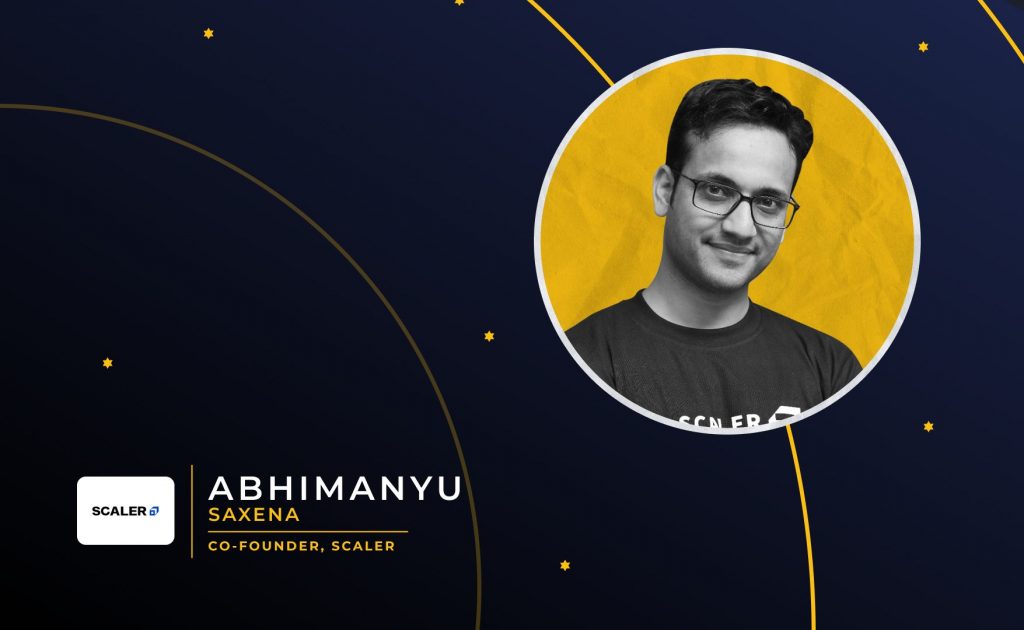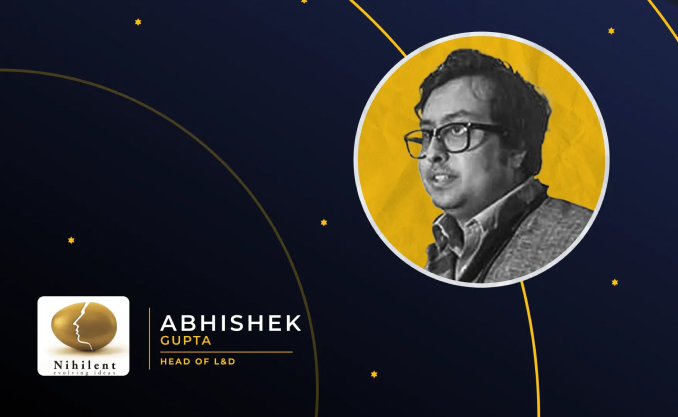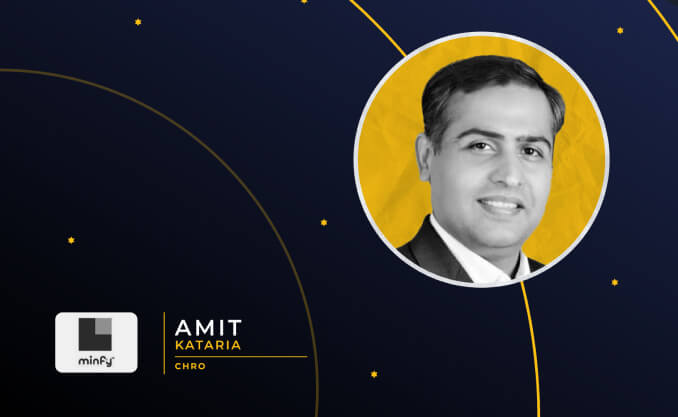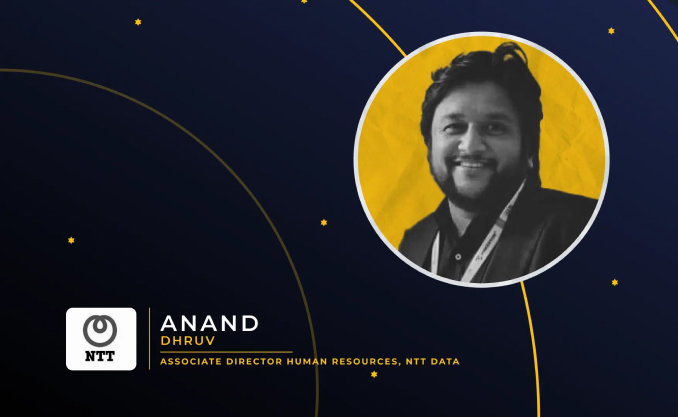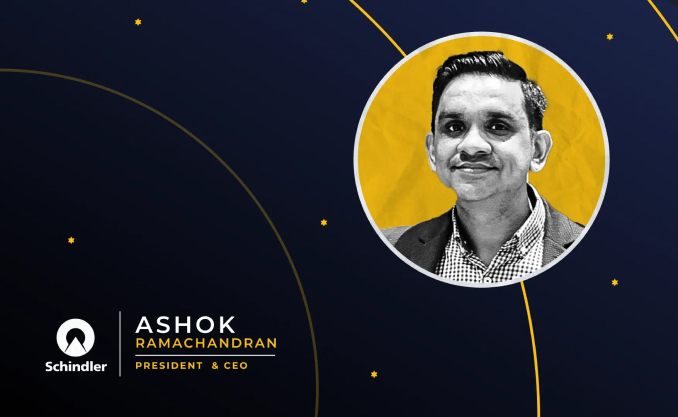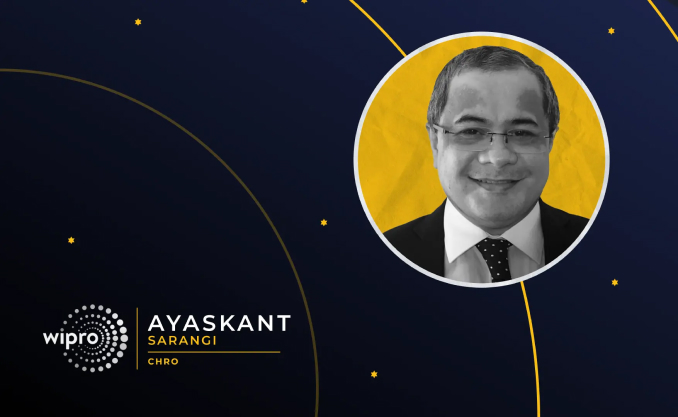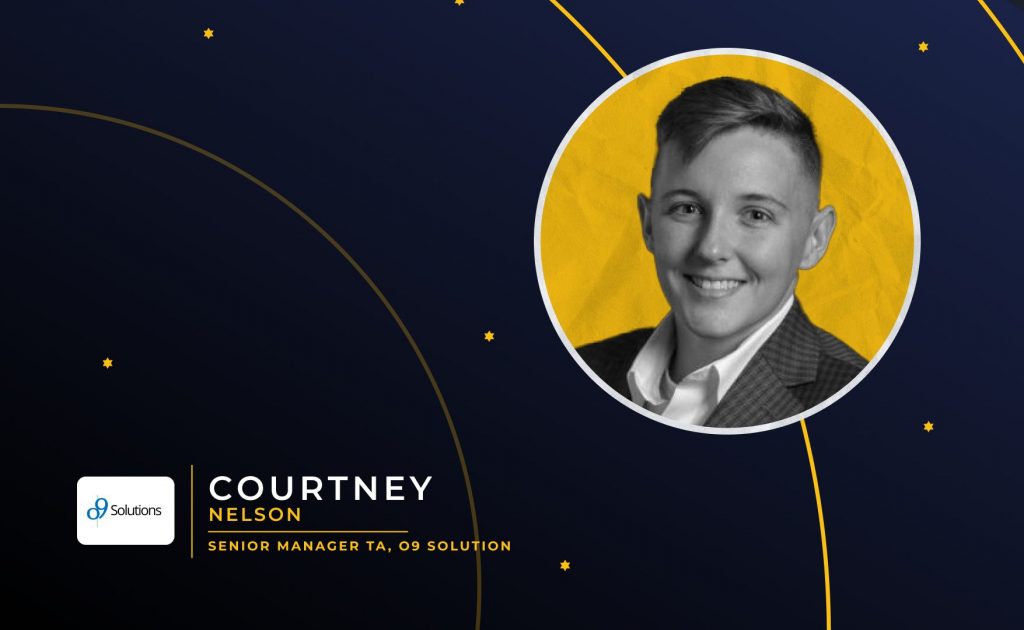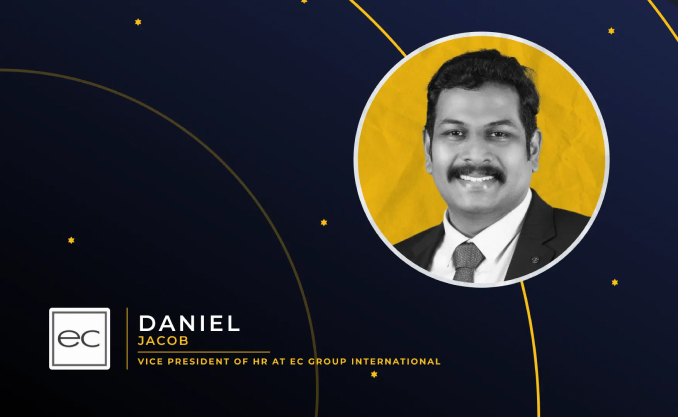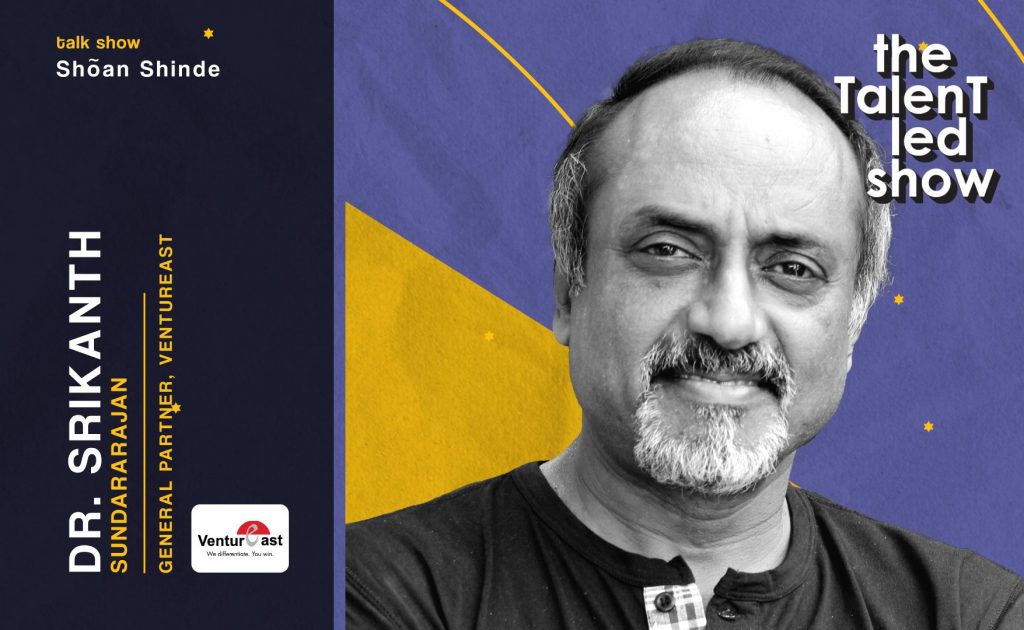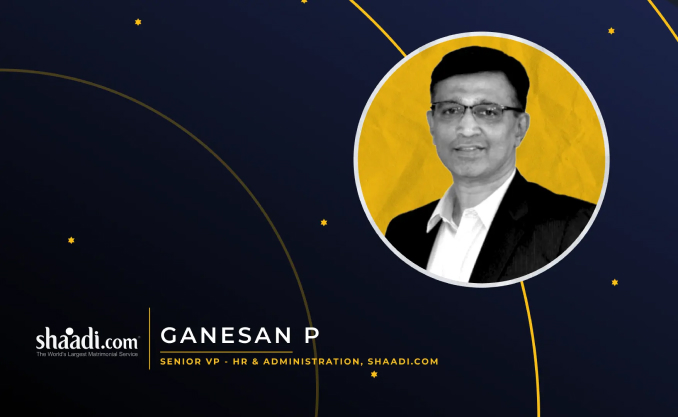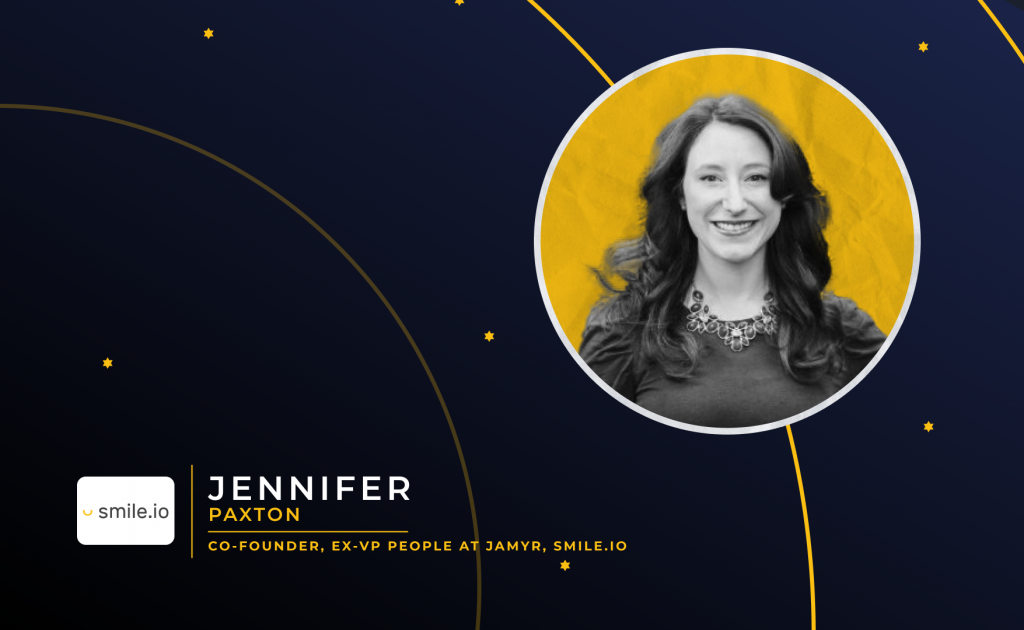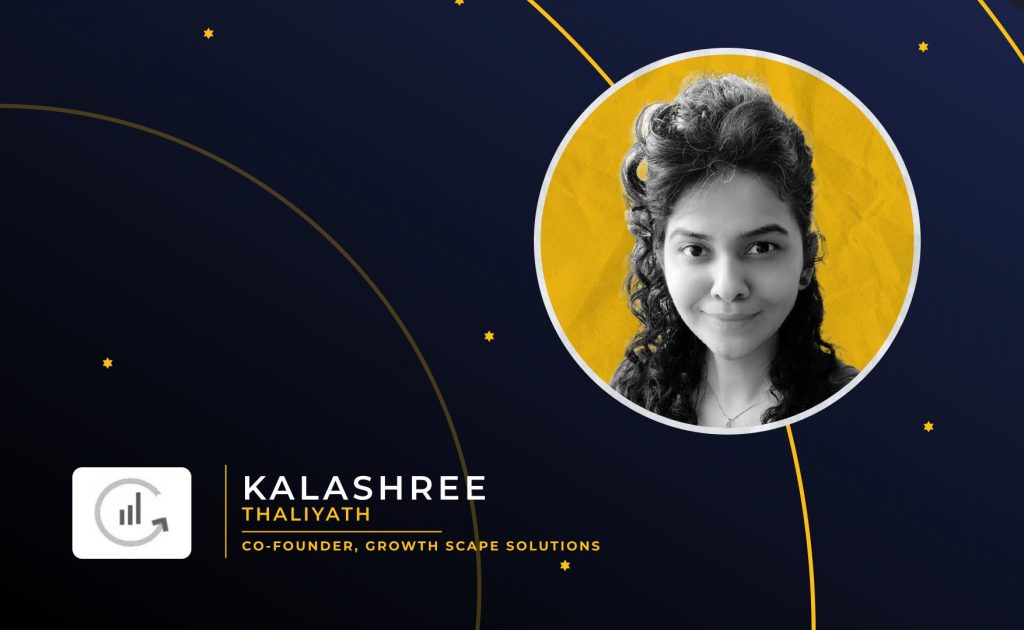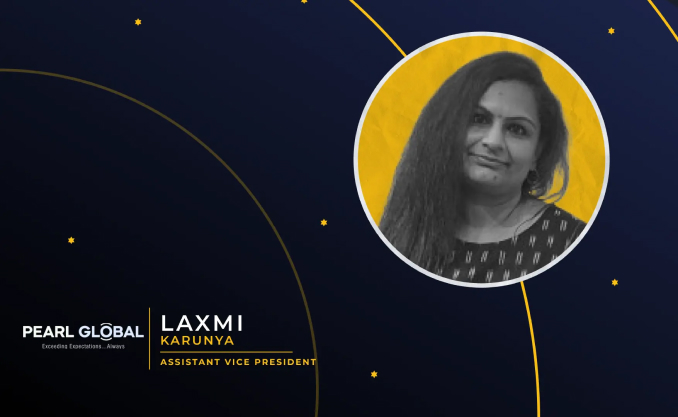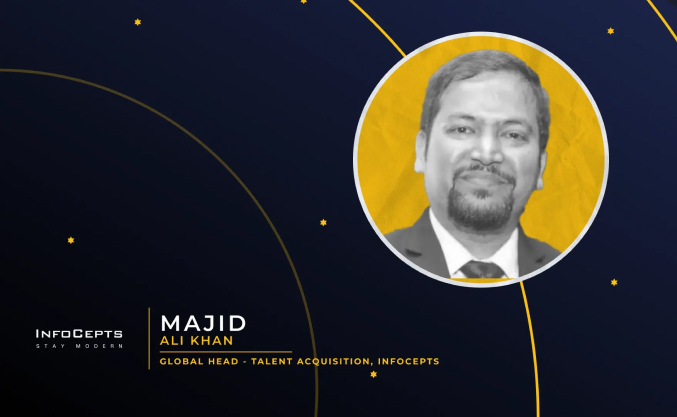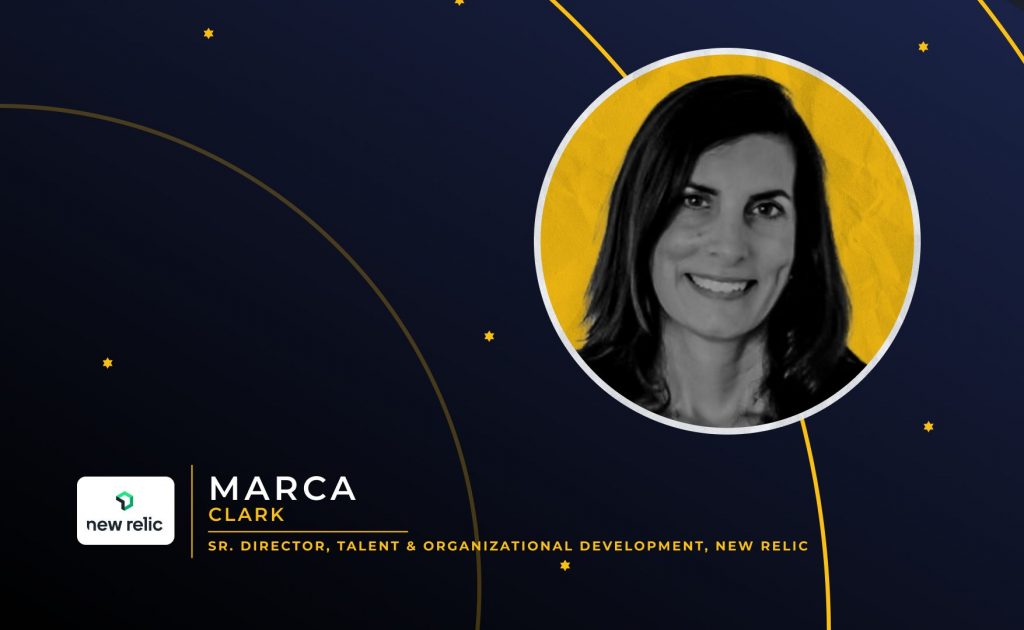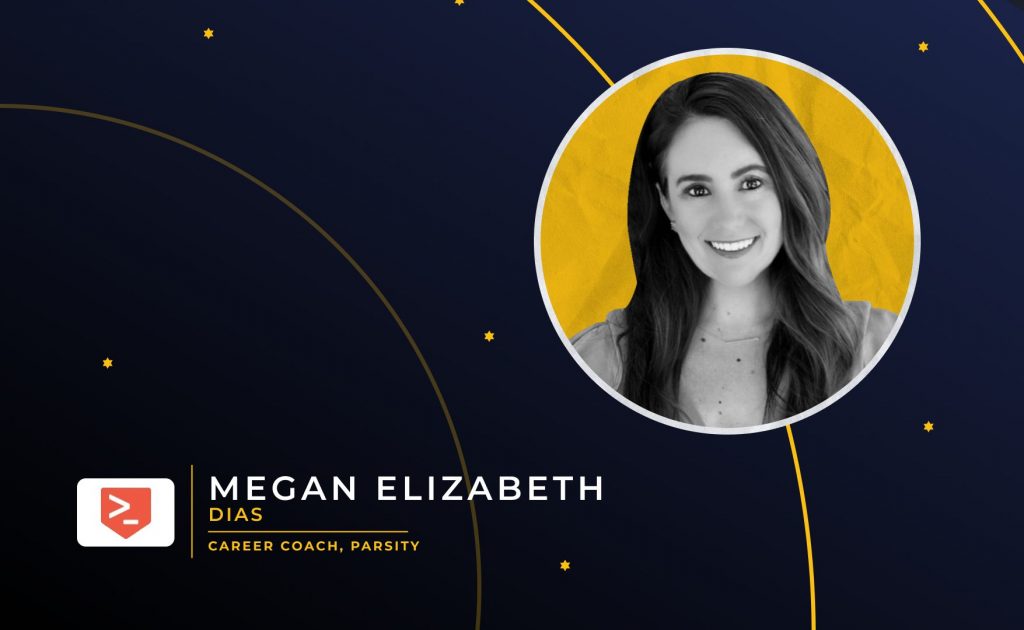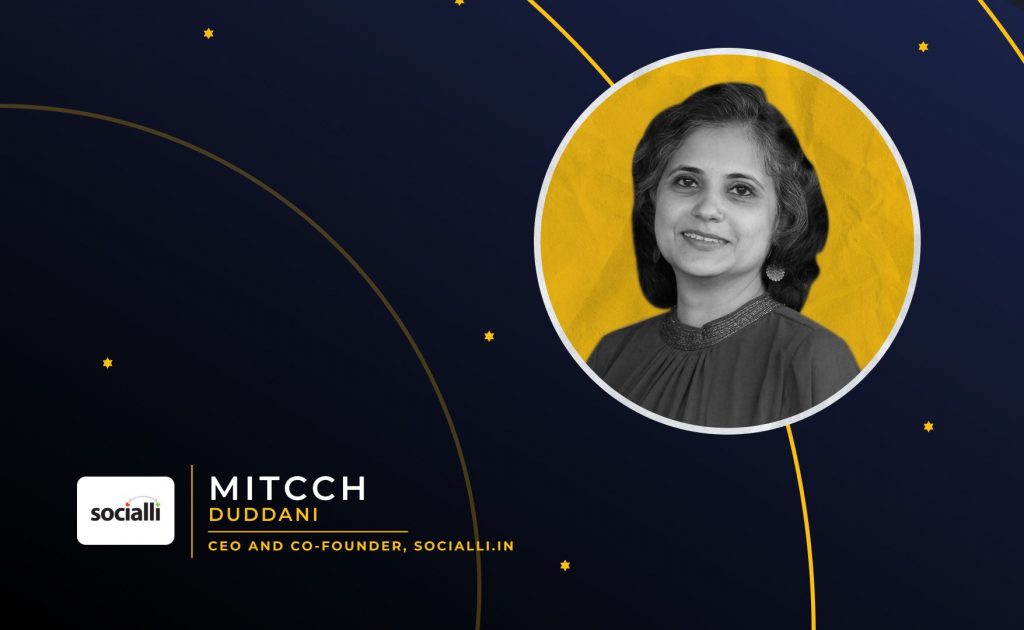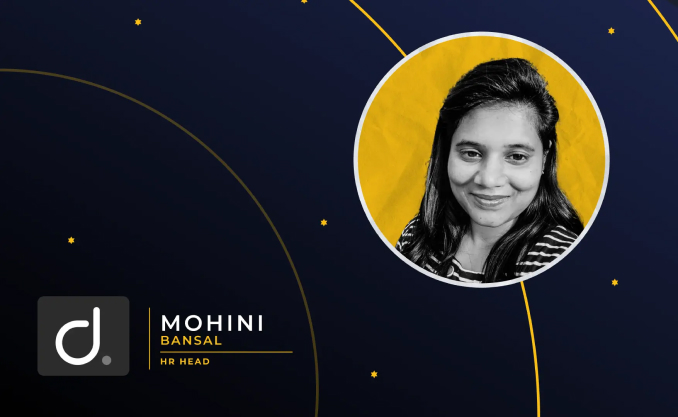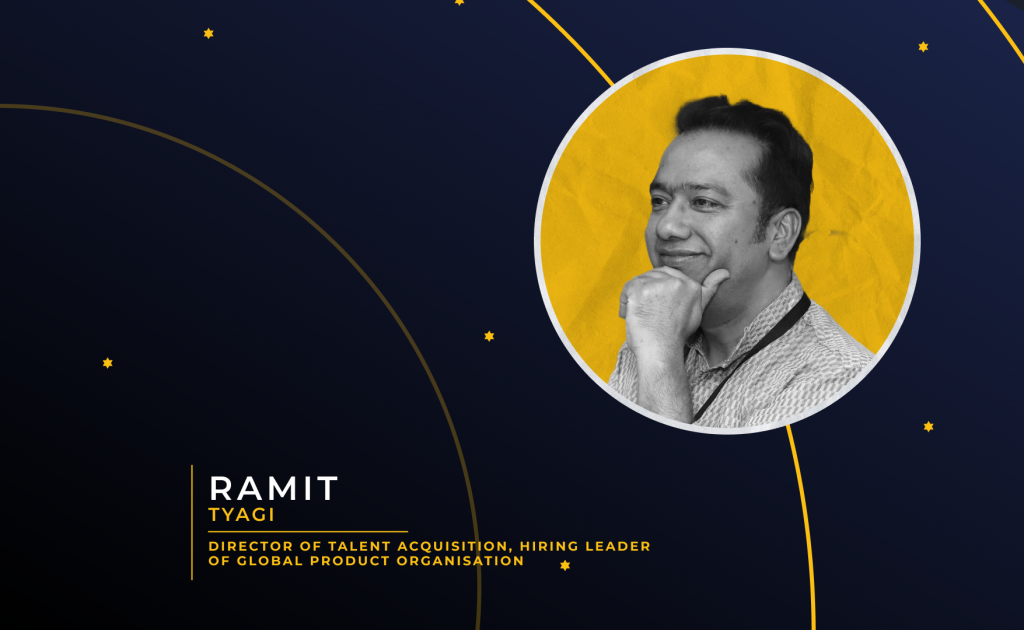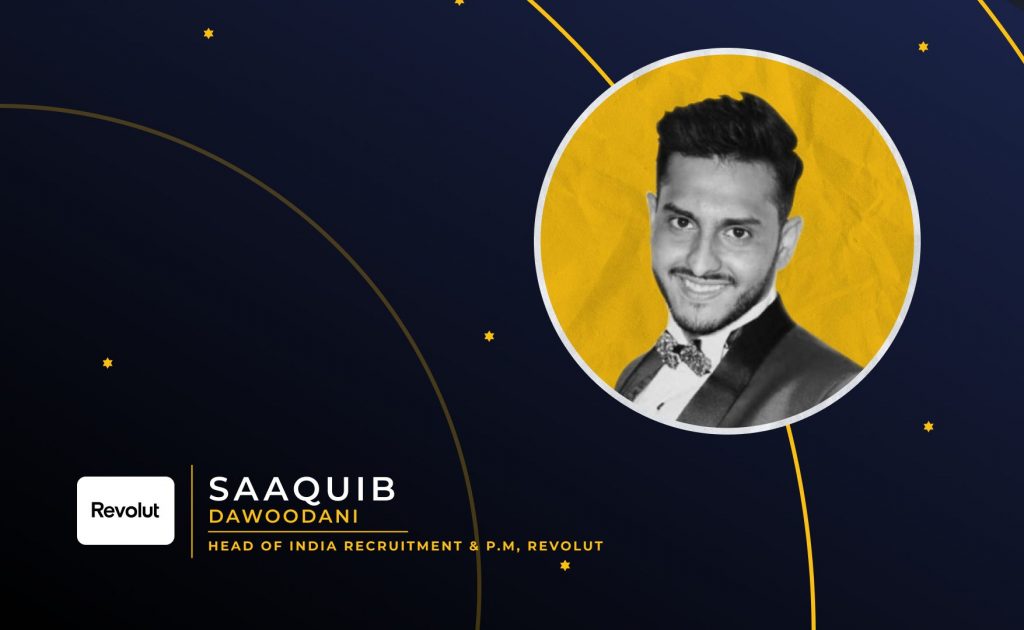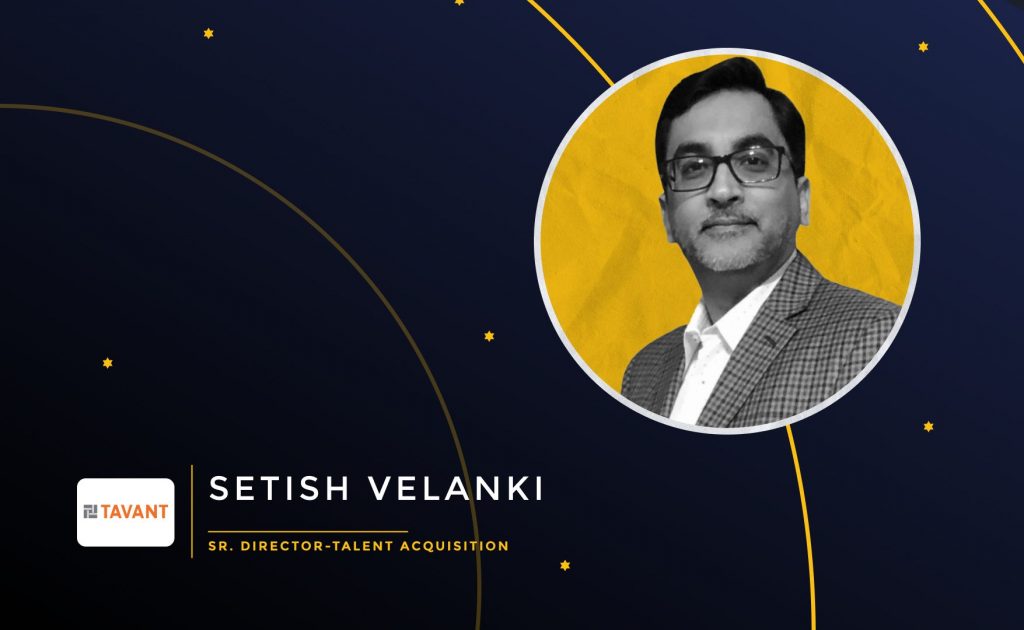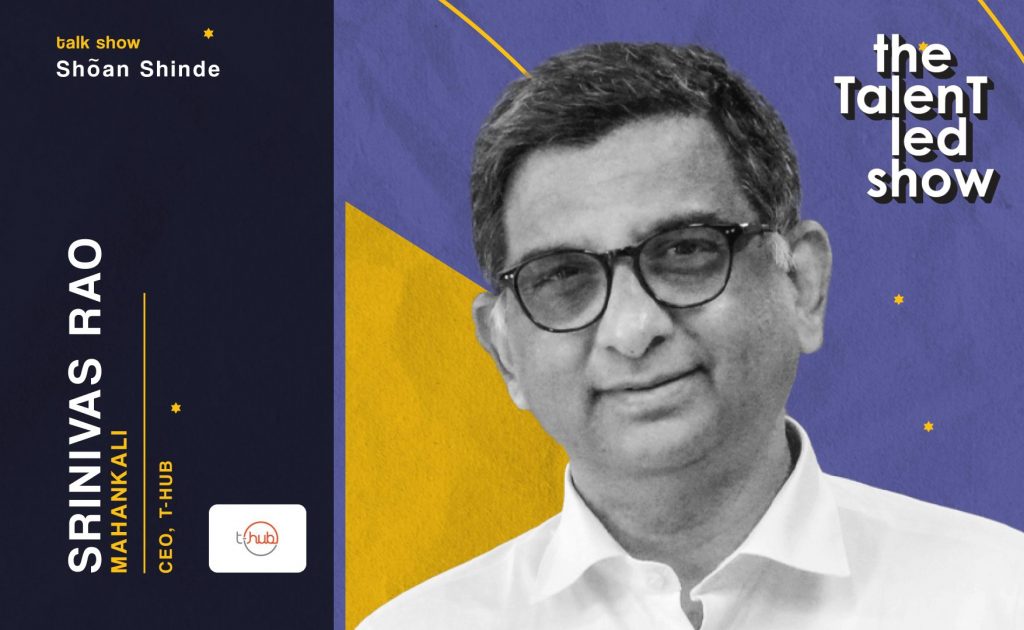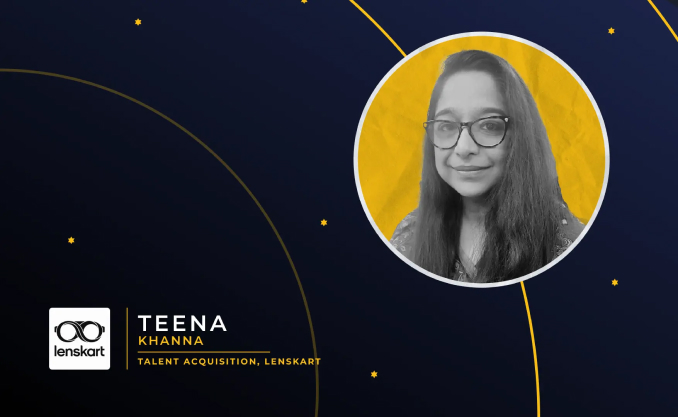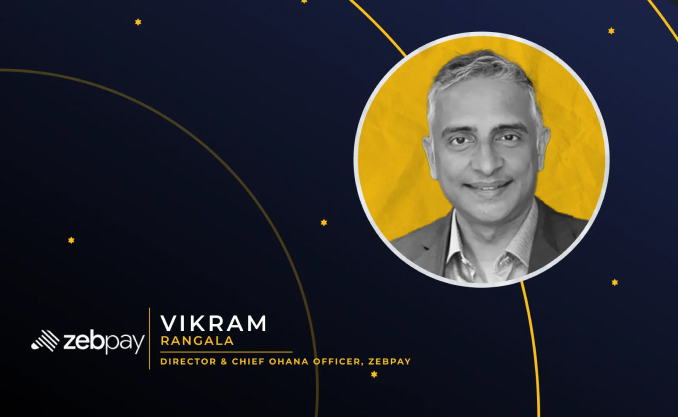With 16 years of experience across multinational companies such as American Express, Mastercard, and British Telecom, Anita Bhatia is now the HR Head at ET Money.
Talking about hybrid work structure, Anita Bhatia states, “Hybrid work is when we come to the office even if not regularly and spend time having tea parties, coffee, catch-ups, and one-on-one conversations while socializing together.”
Anita Bhatia believes that we are defined by our customers more than we define the customers. She strongly focuses on organizational culture.
Table of contents
1. Hi Anita, could you brief our readers a bit about yourself and your role at ET Money?
It’s been 16 years of a very eventful HR career that I’ve had across multinational companies like American Express, Mastercard, and British Telecom. Now, I head HR for a startup, ET Money, which is within the Times Group Internet umbrella.
I graduated in 2005 from HMHRD and have worked across roles in HR strategy of design, structure, and redefining organizational culture. I’ve led the diversity and inclusion program in British Telecom in India for 5000 people. And in all my roles there was a strong element of being an HR partner to business and therefore a strong focus on organizational culture.
And I’ve been fortunate to be defining work culture for some of my organizations. I’ve had a career pivot in 2019 when after 13 years of experience in large multinational organizations, I decided to join a startup. It was a tough decision, but it’s been the most fulfilling decision of my career till now.
I mean, the Indian startup ecosystem is fast evolving, growing at a rapid pace, and it’s not just finding the digital product ecosystem, it’s rapidly evolving how we look at talent overall. And I think everybody who’s a professional today should take a pivot into a startup for their own learning.
2. What are some of the challenges that you faced as an HR leader during the early days of the pandemic?
Challenges of an HR leader during early days of pandemic
Overall talent-hiring and hiring for the key needs and skills have always been a focus area for CHROs to build the right organization and fulfill key roles. But the challenge has increased multifold in the last two years, particularly post-COVID. Especially for some skills like tech product design B to C, startup companies like ours, people have been going around with multiple offers, huge hikes, negotiating, and re-negotiating hikes. I think that’s been a little turbulent while the situation is changing now, but that’s the most challenging part of staffing the organization with the right skills at the right cost and with the situation, what happens is it impacts the industry in two ways.
One, is that the cost of talent goes up.
And as long as there is a return on investment on that talent by way of revenue, companies can manage it. Otherwise, if the cost keeps increasing, it’s unsustainable. In the way we see now that startups are not able to manage the cost, layoffs are happening. It creates instability.
The second thing is it also sort of impacts the culture.
When you hire people only on the cost equation and not look at the culture fit, the culture of the company is being impacted. So, we’ve taken a conscious call to not negotiate on salary too much. We know the cost of the current pay range benchmark with Mercer every year to see the competitors in the market for a particular skill set. Based on the pay provided by our competitors we make a good offer and people have to join the offers if they want to join us. So, yes, that goal of talent, taking up multiple offers is one challenge that we faced.
3. How do you feel about this emerging generation of hybrid and contract workers? What are your take and your thoughts on it?
Hybrid work model
As I said, I worked with American Express and British Telecom. At AmEx, we had a hybrid work culture from 2008 to 2013. The entire talent will work from home one day a week. Now, global companies have been offering this work from home and flexibility for years. And with the pandemic, the Indian organizations got to experiment with it. And in a way, it opened up the minds of leaders and people and managers to say this can work. We don’t have to waste our time traveling to offsite locations, to the client location, and having those in-person meetings. It can equally be done efficiently over a call.
So, it’s a discovery that has happened. I think it’s here to stay. It’s a good move for the industry overall because now you have a talent for us, it’s a talent that’s available across the world. We can pick up the right talent from Bangalore or Chennai versus just looking at Mumbai or NCR. And equally, for candidates, global opportunities are available. Opportunities across India are available for them to leverage. The market is opening up to a global audience and Indian candidates have a chance of making a global career.
So, the way we define hybrid is a few days working from home and a couple of days working from an office in a week. So, people get their chance to interact with colleagues and come together. When we come to the office, a lot of times we don’t check our emails. We are so busy having tea parties, coffee, catch-ups, one on one that we end up forgetting to check our emails. It’s almost like socializing once you’re in the office. So it’s hybrid and that works well.
4. Hybrid model of work is an opportunity to build a more diverse and global workforce. What is your understanding of the same?
Indian startups and hybrid work
A global workforce and a more diverse workforce depend on the skill you want to hire. Most of the skills that we hire today in ET Money, for example, are available in India. We have niche talent in India and we want to hire from the Indian ecosystem. Like I said earlier, we are able to leverage the talent that spread across cities in India, and therefore for our roles in tech product design, we hired across iOS, Android, web developers, QA DevOps, and then we hired for InDesign. We hired for UI product designers, visual design, skill set, and product manager from the B to C startup ecosystem and that talent is available in Bangalore. And with hybrid, we can sort of meet people from Bangalore and identify a five-digit match. So, yes, opportunities have opened up equally. The candidate base has opened up for us. So, it’s working well, both of these.
5. What is your understanding of culture when we talk about work culture, especially in the current times?
Work culture at present
The way I look at it, three elements come together to form what we call culture.
The first element is the leadership of the founders that makes that vision of the place. Why do we exist? What is the end goal that the organization is trying to achieve? What are you looking for in the next three to five years? So that’s the key element.
The second element is the structure, systems, processes, and policies, all of this, which sort of is the hard elements of any organization.
And the third element is people. So, people who are in a key role, people downstream, your employee base, all these three elements come together to what we call an org structure. So, the org structure is not just one thing, it’s a fusion of these three key pieces coming together.
And yes, with the hybrid structure evolving, we are more open as an ecosystem. We are more open to accepting people of different backgrounds, different education backgrounds, cities, and gender. I think gender was never a challenge with startups or with ET money. So, the minds of people have opened up.
The space is fast evolving, however what’s not happening anymore is the emotion that one gets when one comes to the office, the meetings, and the get-togethers that used to happen to build bonds. That has to be put in place at a more regular interval so that people experience the good culture that companies have or come together more often and therefore build a bond with the organization. I think that’s one thing that’s missing for people who join from home and continue working from home because we have not yet mandated that people need to join back in the office.
We are sort of open to people who want to come to the office equally. We are open if people want to work from home and for new members to join us from home. That bond is sort of yet to be created, and we are still defining it for ourselves. What are the communication forums? What are the cultural elements that we will be able to build over the online competition? So, yeah, the space is evolving. We are also looking at what are some global organizations doing and how are they defining hybrid for themselves.
6. How do you involve customers in building culture? Do you think the organization’s work culture can add value to the customers?
“We are defined by our customers more than we define the customers.”
Our value proposition is for our investors and customers because that’s how we exist. Now from an HR perspective, what we can do is build an entire ecosystem for customers which is not just the product itself or the amazing technology we have on the product.
We also have the marketing team for example reaching out to customers and we are primarily a B to C fintech investment app. And one of our goals is to educate customers on how to invest, where to invest, what are the near-term and long-term goals, the life goals they are looking for, and what’s the return on investment. So, we along with our marketing team build videos and content both on our website and social media channels to educate customers on investment and therefore then, therefore, sort of bring them to our app to say these are a few options.
So, we have the education and investment happening in the platform which is available for customers. And then we have customer service as the support system for the customers in place to be able to handle queries. If they get stuck, if they want more insight into a product, if they want to invest, they can reach out to our team.
So, in terms of skill set, the way I start thinking about skill set is from a consumer perspective to say what is in the end-to-end cycle of what are the touch points with our customer, what skills are we looking for? And therefore, that’s how our org structure is defined to be able to fulfill all the skill sets and be there for our customers during the entire lifecycle or whenever we get in touch with the customer.
7. The adoption of technology in hiring has started gaining momentum post-pandemic, do you think the Indian market is embracing the adoption of technology or do you think the process has been slow?
Penetration of technology in hiring
No, I think India has always been fast-paced in learning, it’s rapidly adopting technology and COVID has been a propeller as the entire world was connected from home and there was a need to have more online intervention in an intensified manner because we’re talking about online versus in-person.
People thought in-person meetings were more impactful. How do you transition the same level of impact to online and rapidly? I think most companies have started leveraging technology. Also, an overall advantage of the technology was that it freed up our space and there was time for more strategic intervention in hiding therefore we also as ET money we’ve invested in some of its platforms. Skills became nimble and cross-application of skills across roles was something that we were discovering and a lot of companies were discovering AI for themselves, and machine learning algorithms that are used in these hiring platforms which help find the right match for the job.
And obviously, after you have a CV match and you have a shortlisting there is a role that human intervention has to play but we use an online platform for first-level screening for engineering hires. We have Darwin box as the candidate management system. We use Amber from Infidel for our new hires to check their engagement. So, all this adoption has happened in the last two years. So yes, both us as a company and the entire ecosystem of startups and the world at large there is a huge adoption of technology.
8. From a perspective of either a typical day or a typical week, how do you divide your time to focus on different tasks that you need to take up?
Productivity hack
Every day is different. There are weeks where we are focused on hiring, there are weeks where we are focusing on the right cost of talent. So, for example, in the benchmarking that I spoke about with Mercer we look at each role and the role description and say which is the company we either hire talent from or lose people to and then do compensation benchmarking to say what’s the right sort of pay range for this level of expertise and this skill set? So, that takes some time.
The other thing is creating that ecosystem where from a policy process system perspective there is a right match to what employees and leaders are equally looking for. So, while we create the right environment for people to join and people to grow and thrive, it’s equally important for us to groom the people managers so that you know that these three come together to create the right kind of productivity for the organization.
And what I’m most proud of is that the space we’ve created in ET money is where the talent, you know, focuses on their own learning and growth. And therefore, in turn, that leads to the organization’s goals and growth. So yeah, a place where people come together, they are happy working. They are learning and growing, and they are propelling the growth. It looks different each day.
9. What are some of the things that you do to reboot or step away so that you can re-energize yourself and get back to work again?
So, you know, with a grown-up daughter’s mind, most of my time goes into understanding what they need. Now, one of my daughters is a teenager, our discussions are around you know, what are relationships like? What does she want to do? How does she see herself sort of going up in the profession or what are her aspirations?
The second thing I love to do is, read books. I want to write a book myself someday, but right now I’m very busy over the weekend, reading books, understanding how startups have grown or what are the learnings that I can get from some of the great HR leaders like Leena Nair and biography on their career.
10. Lastly, if there's one piece of advice that you would like to give upcoming HR child professionals, what would it be?
So for HR professionals, the one big thing is to understand the industry and the business context every bit in whatever you do because HR is a semi subject metric. One will be expected to deeply understand the internal context of the company and then compare it with the external reality and then come up with impactful HR strategies. One, without the other, is incomplete.
I’ve seen people who will guide the organization or leadership team. I know because you’ve studied HR, you know, you have experience in HR, just have the right kind of confidence to give that answer and give that kind of advice to business leaders.
Second is now HR evolving rapidly and moving on the side of technology has an excellent score on HR technology.
“HR tech in automation is the way forward from here.”
And the real value of HR professionals will be strategic HR thinking and the solutions they bring to the table. Everything else that’s non-strategic will be done by bots anyways. Have a good hold on your industry, HR knowledge, and technology. That is what I would like to say.


